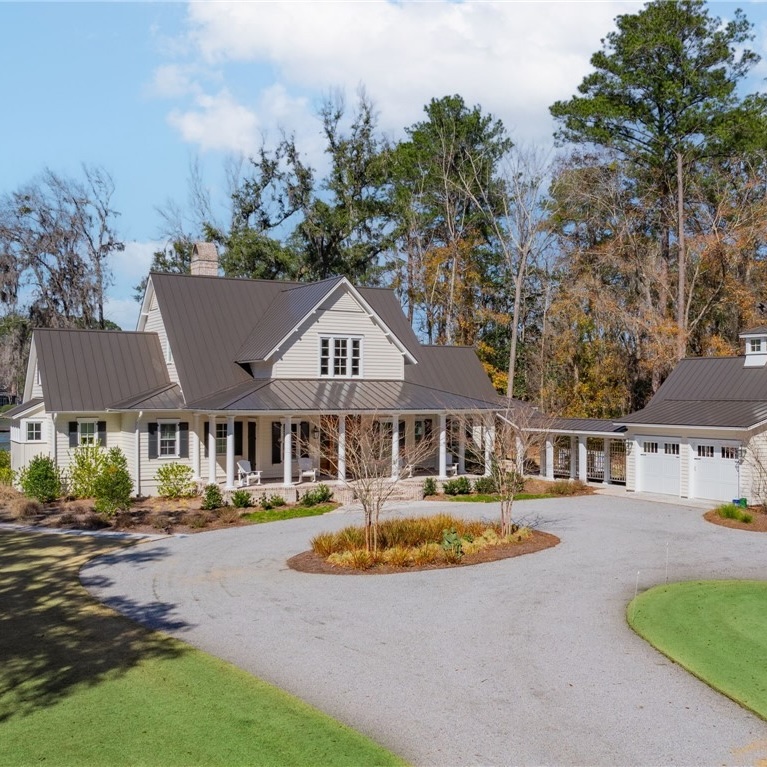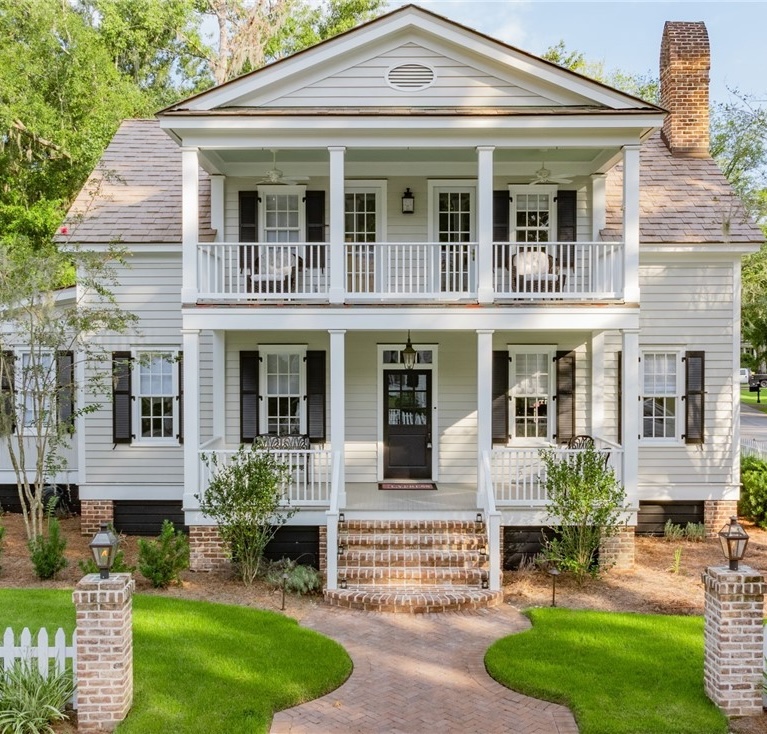Spring has arrived in the lowcountry, and The Ford’s 1,800 acres of oak groves, meadows and riverfront are buzzing with an array of winged friends—making now the perfect time to take up birding. Accessible to all ages, birding can be done in any part of the world, and it’s now the fastest-growing outdoor activity in America. According to a survey by the U.S. Fish and Wildlife Service, 51.3 million Americans report that they watch birds. And more are taking up the hobby all the time.
Come Sunday, March 28, members of The Ford and guests will be able to partake in the season’s Birding Bonanza, led by naturalist Brittany Dodge in partnership with the Ogeechee Audubon Society. During the two-hour event, members will receive a laminated photo field guide, The Ford bird checklist and a Bird Bingo game perfect for practicing one’s skills.
“Backyard birding really kicks up a notch in spring time, since many birds we learn to recognize at our feeders over the winter are now getting ready for nesting season and looking for prime nesting sites,” says Brittany, who recommends the McAllister Dike trail and the Woodpecker Walking Trail as great (and somewhat secret) areas for birding at The Ford.
“The coolest birds to me are the raptor-like songbirds, like the loggerheaded shrike or the mini-raptor, the kestrel,” says Brittany. “Though we rarely see these birds here at The Ford, there is one loggerheaded shrike that resides right in front of Lake Sterling, and I always get excited when I see him. I also love seeing the belted kingfishers when they show up during spring and summer, as well as ‘butterbutts’—or yellow rumped warblers. These warblers are true songbirds and pretty easy to spot here at The Ford.”
Brittany’s top tips for new birders? “Get a good set of binoculars and don’t get overwhelmed,” she says. “Learn a few basic birds that are easy to recognize and learn them well. You will eventually be able to distinguish the tougher birds. Going by color is a good start, but learning the silhouettes of birds are the most important!”
Below, we highlight five birds to watch—and listen—for this spring at The Ford.
Blue-gray Gnatcatcher
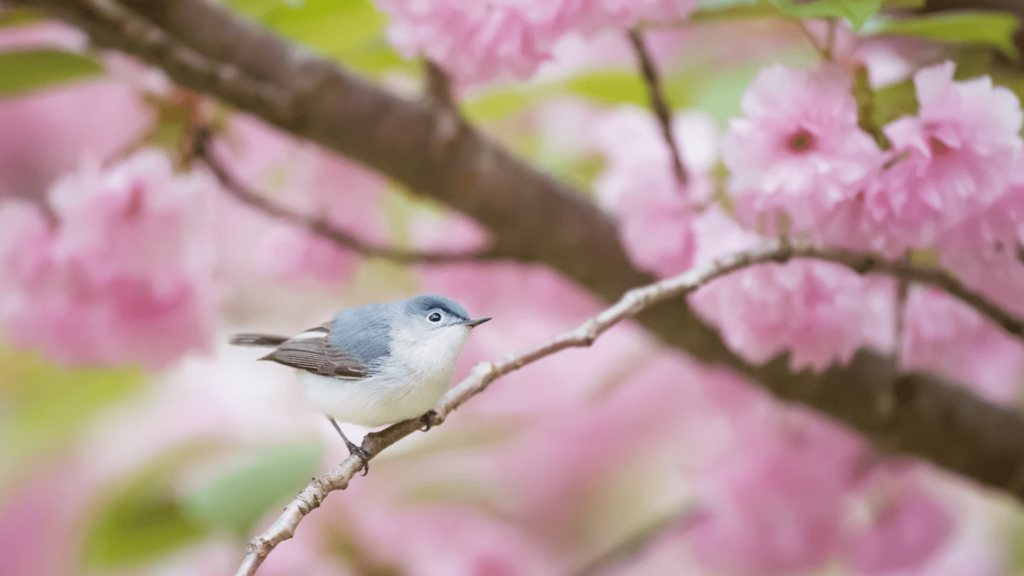
This petite, long-tailed forest-dwelling bird is known for its near-constant motion and high-pitched, rather rambling and squeaky calls—birders often hear a Blue-gray Gnatcatcher before they see it.
Carolina Chickadee

Found in wooded areas, this jaunty chickadee sports a black cap and bib separated by stark white cheeks. Its call echoes its name: “chick-a-deee-deee-deee.” This is a great bird for first-timers to get acquainted with, as warblers and other migrating songbirds often associate with them—spot a chickadee and one will likely find many more species.
Eastern Bluebird
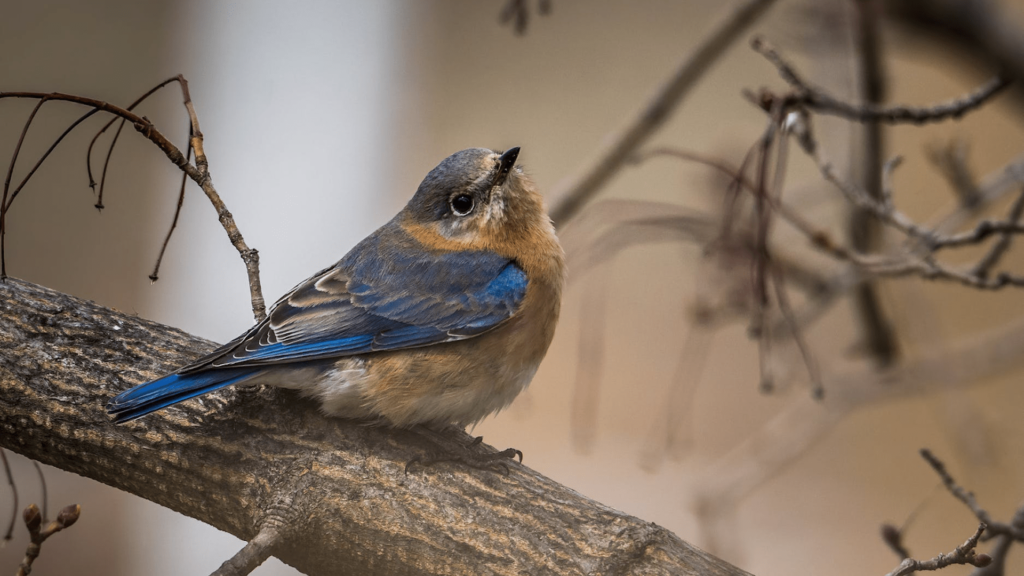
A ground forager that lives in grasslands, both male and female Eastern Bluebirds boast the striking royal blue hue on their body, head and tail feathers. Their short, wavering call sounds like “tu-a-wee.”
Tufted Titmouse

This stocky, soft grey and white songbird has a splash of peach under each wing and whistles out a call that sounds like “Peter-Peter-Peter.” It can be seen flitting through forest canopies, hanging from twig-ends and dropping into bird feeders.
Carolina Wren
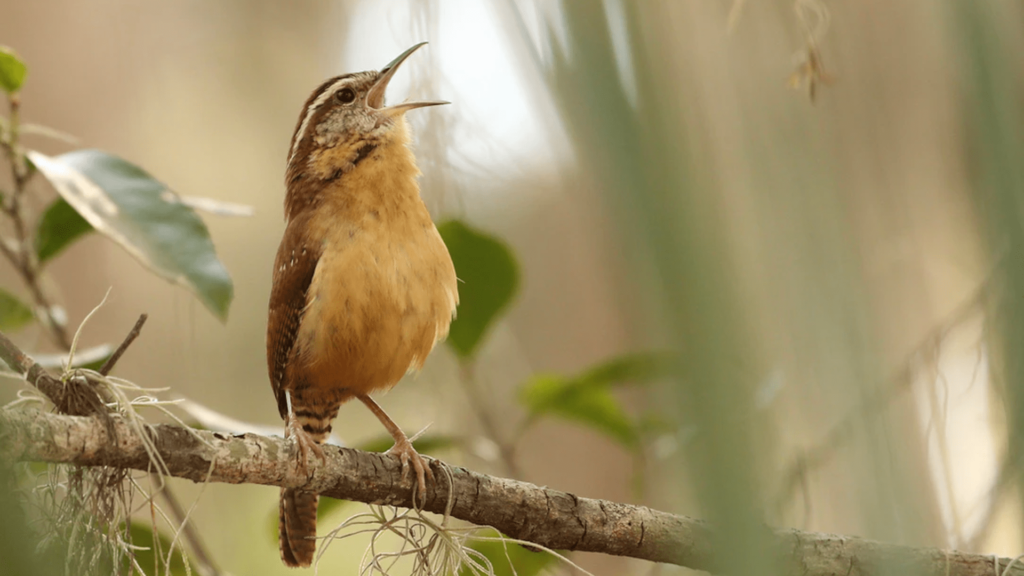
While the cinnamon-hued Carolina Wren is shy and usually tricky to spot, there is no mistaking its call—one of its startlingly loud exclamations sounds like “teakettle-teakettle!” This wren resides in brushy thickets, lowland swamps, bottomland woods and ravines.

